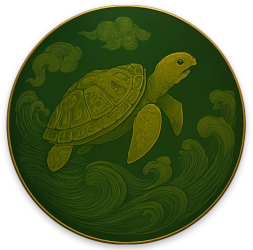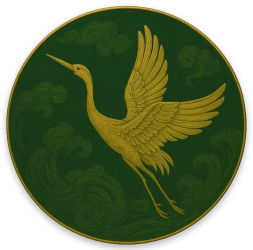Gate Layout – Step Through the Portal of Strategy
The Classic layout is the most iconic formation in Mahjong Solitaire, often referred to as the “turtle” or “pyramid” layout. It features multiple stacked layers that form a symmetrical shape, with the highest point in the center, representing balance and longevity in Chinese tradition. The design resembles ancient pagodas – spiritual towers symbolizing enlightenment and inner peace.
This layout is ideal for beginners and purists alike. It provides a smooth learning curve while still offering the complexity of multi-level tile matching. Players must think several moves ahead, as removing one tile may unlock or block access to others in higher layers.
Statistics
 “Without accumulating small steps, one cannot travel a thousand miles.”
— Mencius, Book of Tang Wan Gong I
“Without accumulating small steps, one cannot travel a thousand miles.”
— Mencius, Book of Tang Wan Gong I
Mahjong Tiles – Symbols of Culture and Wisdom
Mahjong tiles are far more than simple playing pieces – they are carriers of symbolism, tradition, and ancient Chinese philosophy. A standard Mahjong set consists of 144 beautifully illustrated tiles, each belonging to a specific suit or category. These tiles are deeply rooted in themes of nature, balance, fortune, and the cyclical nature of life.
Below, you’ll find a breakdown of the major tile types used in Mahjong Solitaire. Knowing their meaning will enhance both your gameplay and your connection to the centuries-old art of Mahjong.
- Dots (Circles) – Represent coins and prosperity. Numbered 1 through 9.
- Bamboo (Sticks) – Symbolize growth and flexibility. Also numbered 1 through 9.
- Characters (Numbers) – Feature Chinese characters representing numbers. Associated with learning and wisdom.
- Winds – East, South, West, and North. Connected to direction, weather, and feng shui energy flow.
- Dragons – Red (center), Green (wealth), and White (purity). These special tiles represent power and good fortune.
- Seasons – Represent the passage of time and harmony with nature.
- Flowers – Symbolize beauty and elegance.
Mahjong Solitaire Rules
Mahjong Solitaire is a peaceful, single-player puzzle game inspired by traditional Chinese Mahjong. Although it uses the same types of tiles, it is not the same game – the original Mahjong is played by four players using a set of rules, scoring, and hands. In contrast, Mahjong Solitaire is about matching tiles to clear the board.
Objective
Remove all tiles from the board by matching them in identical pairs.
How to Play
-
⟐
You can only select free tiles. A tile is free when:
- ⟐It is not covered by another tile from above, and
- ⟐It has at least one open side – either left or right.
- ⟐Match two identical tiles to remove them from the board.
- ⟐ All tiles must be matched exactly – there are no special tiles or flexible pairings in this version.
Gameplay Features
-
⟐
You can use:
- ⟐Undo – to take back a move.
- ⟐Hint – to highlight an available pair.
- ⟐ There is no shuffle function. If you reach a point where no moves are possible, the game ends.
Win or Lose
- ⟐Win: You clear all tiles from the board.
- ⟐Lose: No more available pairs and no way to continue.
 “Patience is power. With calm, even a crane can ride the wind.”
— Ancient Chinese Proverb
“Patience is power. With calm, even a crane can ride the wind.”
— Ancient Chinese Proverb




